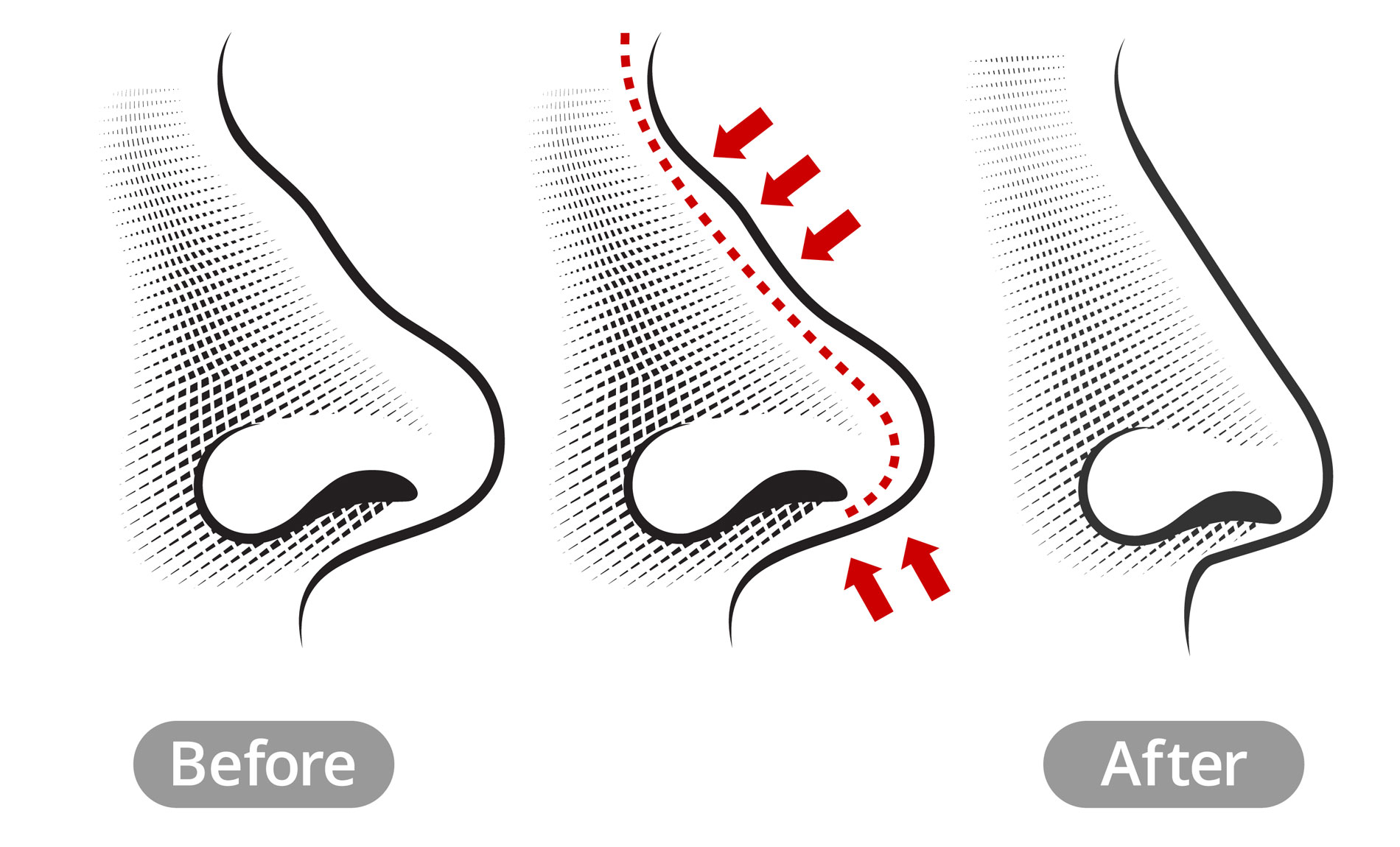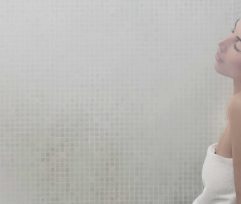What is Rhinoplasty
More often than not, our faces are the first point of interaction with those we come across in our everyday life. And first impressions are rarely forgotten. For this and many other reasons, the quest for beauty will begin with our face. The nose is one of the most prominent features of our faces. It is often the first drawn in childish doodles after the placing of eyes and in real life it can be unsettling if one feels their nose stands out for one reason or another.
Rhinoplasty (commonly known as a ‘nose job’) is the restructuring of some or all of the proportions of the nose, so that it fits in a balanced way according to the specifications of the patient. Sometimes by structurally fixing the esthetics of the nose, one can improve breathing defects also. But this is not always the case.

There are many ways a rhinoplasty can be performed. Some of the most common are to conduct the following:
- Rhinoplasty: a change to the entire nose area; including the bridge, tip and alar bases
- Rhinoplasty bridge augmentation: a change to the bridge of the nose, such as the removal of a bump or an adjustment of a prominent dip.
- Rhinoplasty tip augmentation: a change to the tip and alar bases of the nose only
- Septo-rhinoplasty: This type of rhinoplasty changes the entire nose. Including the bridge, tip and alar bases as well as adjusting the nasal septum.
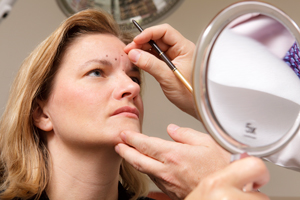 Keep in mind that rhinoplasty is a very complicated and intricate cosmetic procedure that can affect the entire look of your face. To think for example that ‘all you’re doing is removing that bump,’ or ‘shifting the tip to the right,’ is an unrealistic and simplistic way of looking at it. In a lot of cases, if you change the bridge (commonly called the bump) and not the rest of your nose, the tip or alar bases can look too large suddenly next to the smaller readjusted bridge. So it is not as easy to separate out the part of your nose you will be fixing. A lot of times you will have to make more changes than anticipated in order to achieve the harmonious look you are aiming for.
Keep in mind that rhinoplasty is a very complicated and intricate cosmetic procedure that can affect the entire look of your face. To think for example that ‘all you’re doing is removing that bump,’ or ‘shifting the tip to the right,’ is an unrealistic and simplistic way of looking at it. In a lot of cases, if you change the bridge (commonly called the bump) and not the rest of your nose, the tip or alar bases can look too large suddenly next to the smaller readjusted bridge. So it is not as easy to separate out the part of your nose you will be fixing. A lot of times you will have to make more changes than anticipated in order to achieve the harmonious look you are aiming for.
Rhinoplasty – the ideal candidate
Before rhinoplasty can be conducted the patient has to be identified as a potential candidate.
If you are contemplating a more harmonious look to your face via a change in the look of your nose, then a rhinoplasty could be the answer for you. It is most important that your facial structure has matured and is considered complete. It is not wise for those still in adolescent or growth phases to consider a rhinoplasty as their face may continue to change after the surgery causing complications.
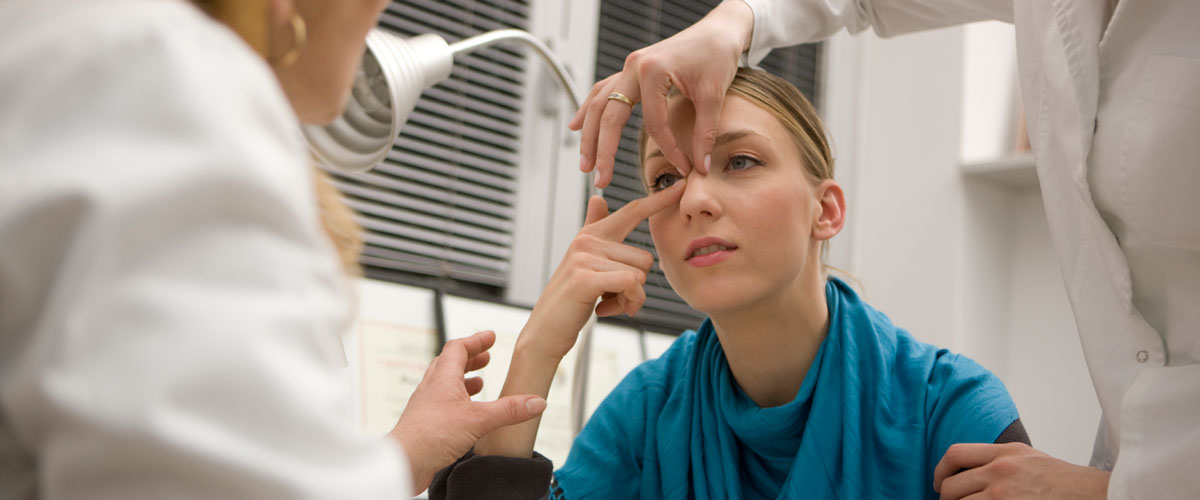
Candidates should be healthy and aware that a rhinoplasty will not correct mental distortions that lead one to believe they look a certain way that is not generally seen by the rest of the world. It is most important that the patient be assured in their self worth and have positive self-esteem. The best candidate for a rhinoplasty will have goals to look forward too and a healthy outlook on their face and life in general.
Rhinoplasty for men
The idea that rhinoplasty is a procedure for women only is far from the truth. Men are taking advantage of facial symmetry one can gain from altering the look of their nose. A change to ones nose has an effect on how masculine they look. Therefore there are many reasons men choose to undergo a rhinoplasty.
Rhinoplasty – what happens during surgery
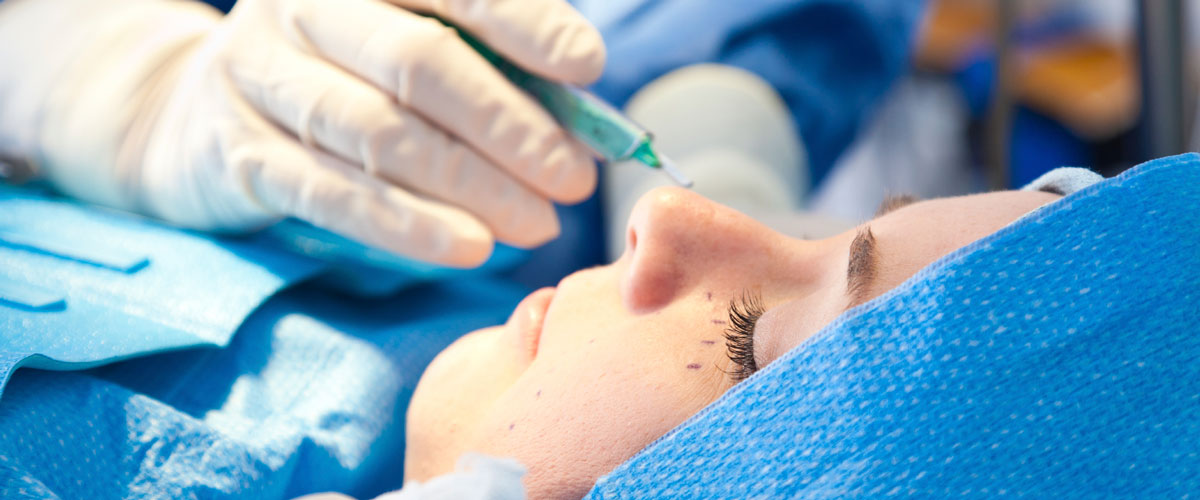
Generally speaking there are two main ways one can conduct a rhinoplasty. One is where the insides of the nose are restructured without an incision. The other is when there is a small incision made in the columella (the piece of skin that separates the nostrils). If the latter takes place, the skin will be raised in order for the surgeon to make the necessary changes to either the bone, skin or cartilage under the nose to give the effect desired by the patient.
Rhinoplasty – Recovery
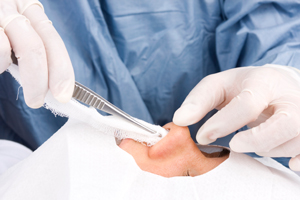 Recovery is different for each patient. After a rhinoplasty one will usually have splints inside their nose, as well as bandages and possibly another splint on the outside to protect the shape and structure of the nose post operation. And yes that means that you may not be able to breath out of your nose for at least seven days (most doctors remove the internal splints seven days after surgery). So be prepared to breath out of your mouth only for a few days.
Recovery is different for each patient. After a rhinoplasty one will usually have splints inside their nose, as well as bandages and possibly another splint on the outside to protect the shape and structure of the nose post operation. And yes that means that you may not be able to breath out of your nose for at least seven days (most doctors remove the internal splints seven days after surgery). So be prepared to breath out of your mouth only for a few days.
Most rhinoplasty patients have a substantial amount of bruising on their face after surgery. Including around the nose and under the eyes. The nose itself, will be also swollen. The swelling will vary in the first month and you will see changes to your nose even overnight at times. The look of your nose will start to stabilize at around 12 weeks after the date of surgery. But don’t except to see the full results of your surgery until a year passes from the date of the procedure.
A low sodium diet can limit the swelling to an extent.
You will be instructed to rest with you head raised to reduce the inflammation and swelling of your nose. Mucus and blood will drain from your nose and you will most probably also have a gauze at the base of your nose to catch drainage that randomly occurs in the first week.
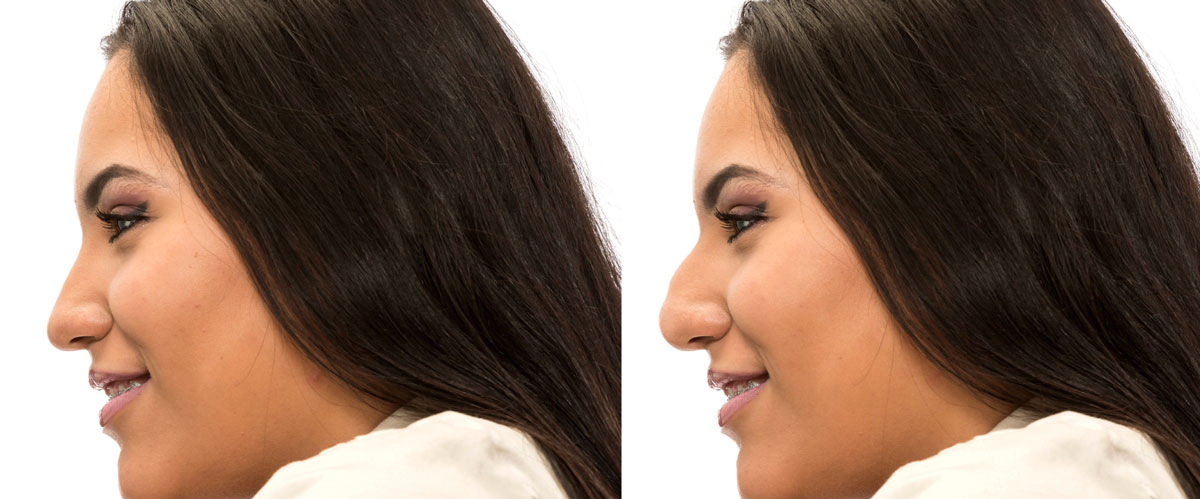
Patients will most likely be given painkillers and possibly antibiotics to take post surgery. Some will also have a saline solution that they will be instructed to clean their nose with. To avoid complications or infections, follow all instructions carefully when it comes to taking post operational drugs and conducting procedural care of the nasal passage and area in general.
It may seem obvious but resting of eyeglasses of any kind on the nose are a no no for at least a month after having a rhinoplasty. Some patients make sure they have contacts, or in some cases, tape their glasses to their forehead, until their doctor deems it safe to rest glasses against their nose.
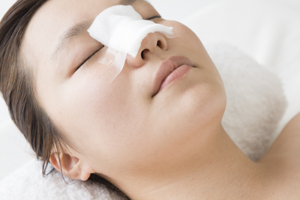 At approximately ten days to two weeks after surgery, most patients are allowed to go back to work. However, there are strict rules in place to limit the activity of rhinoplasty patients for up to 12 weeks after surgery and sometimes longer. Some of the things patients are advised against are:
At approximately ten days to two weeks after surgery, most patients are allowed to go back to work. However, there are strict rules in place to limit the activity of rhinoplasty patients for up to 12 weeks after surgery and sometimes longer. Some of the things patients are advised against are:
- Going in the sun. It’s best to keep your nose out of the sun due to the possibility of post operational discoloration. If you do go into the sun, be sure to wear SPF30 sunscreen to protect your skin.
- undertaking aerobic exercise of any kind
- taking showers. The water pressure is likely too much for your nose so baths are suggested
- nose blowing
- Any facial expressions that can put pressure on your nose
- Wearing clothing that has to be pulled over your head. It is better to wear clothes that fasten in the front to avoid it brushing against your nose
Risks
Any surgery poses certain risks and it is up to the individual to raise all concerns about risks with their doctors. Rhinoplasty is no exception and there are risks that must be taken into account before deciding to undergo this type of plastic surgery. The most common are:
- anesthetic: rhinoplasty is conducted under either local or general anesthetic. Please ask your doctor which you require so you can gain a thorough understanding of the risks involved
- Infection: most surgeries have a risk of infection. A lot of time, infection can be avoided by taking an anti-biotic post operation
- Perforation of the septum: this is rare, but is a possibility. The problem with a perforated septum is that sometimes it is not correctable. This risk should definitely be double checked with your doctor before undergoing the procedure
- Difficulty breathing
- An outcome the patient doesn’t find pleasing: this can also lead to a revision surgery, which also carries its own set of risks depending on the specifications involved.

